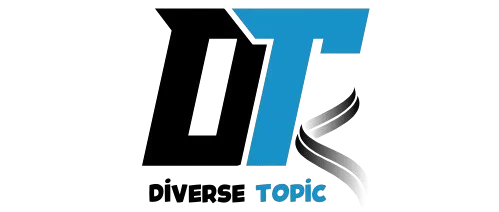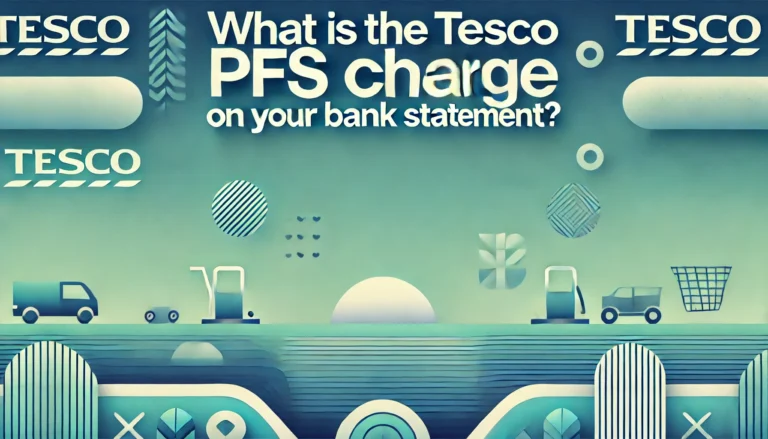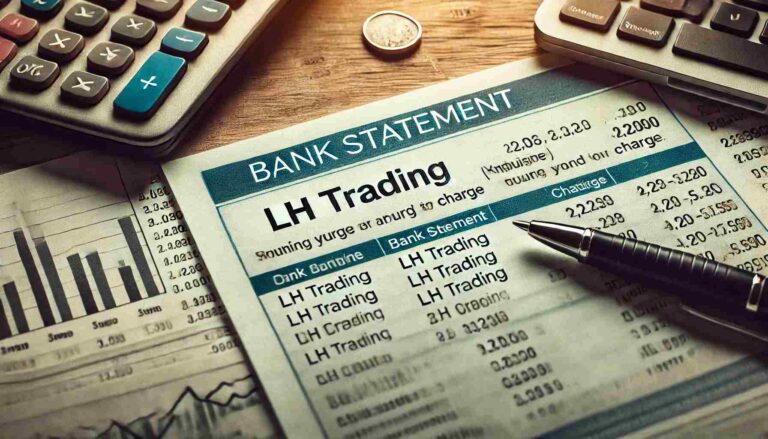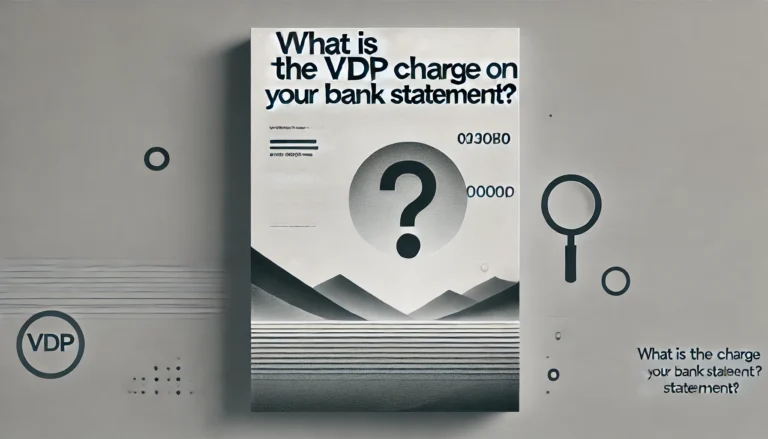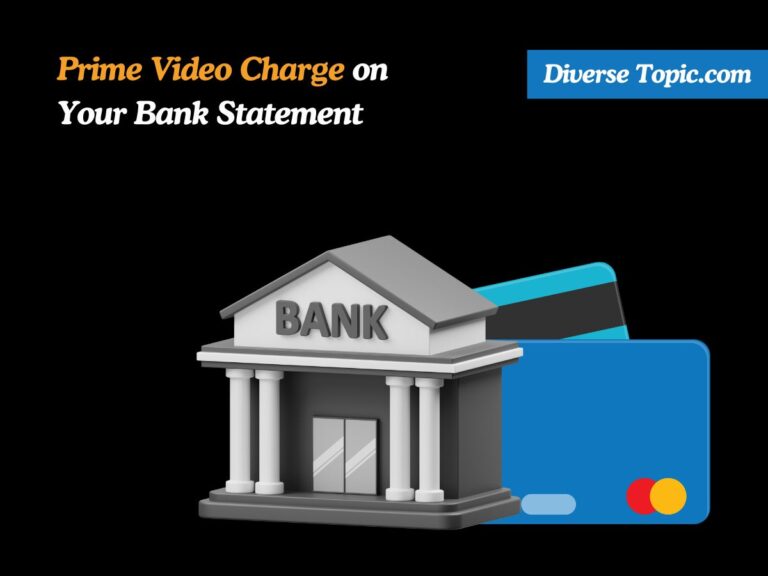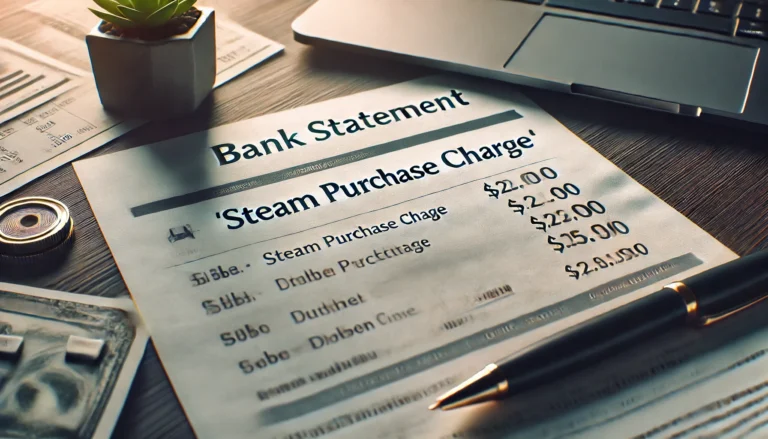What Is the FBPay Charge on Your Bank Statement?
You’re not alone if you’ve ever looked at a charge on your bank account that says “FBPay” and asked yourself, “What is this?” Facebook’s payment system, which enables users to conduct transactions within the site, is connected to the FBPay fee. Let’s examine FBPay’s definition, operation, and potential reasons for showing up on your bank statement.
Understand the FBPay Charge
Facebook (now part of Meta) created Facebook Pay, a payment system that enables users to send and receive money, make purchases, and give to charitable organizations directly through its social media platforms, including Instagram, WhatsApp, Messenger, Facebook, and Messenger.
In these networks, FBPay effectively serves as a digital wallet. It streamlines and expedites transactions by facilitating them fully within the Facebook ecosystem, as opposed to sending customers to alternative payment systems.
Key Features of FBPay:
- Sending Money: You can use FBPay to send money to friends and family on Facebook or Messenger.
- Purchases: FBPay allows users to buy products and services from businesses that have integrated Facebook’s commerce tools.
- Donations: You can also donate to non-profit organizations through Facebook’s fundraising platform using FBPay.
- Security: Facebook uses advanced security features to protect your financial information, such as encryption and anti-fraud technology.
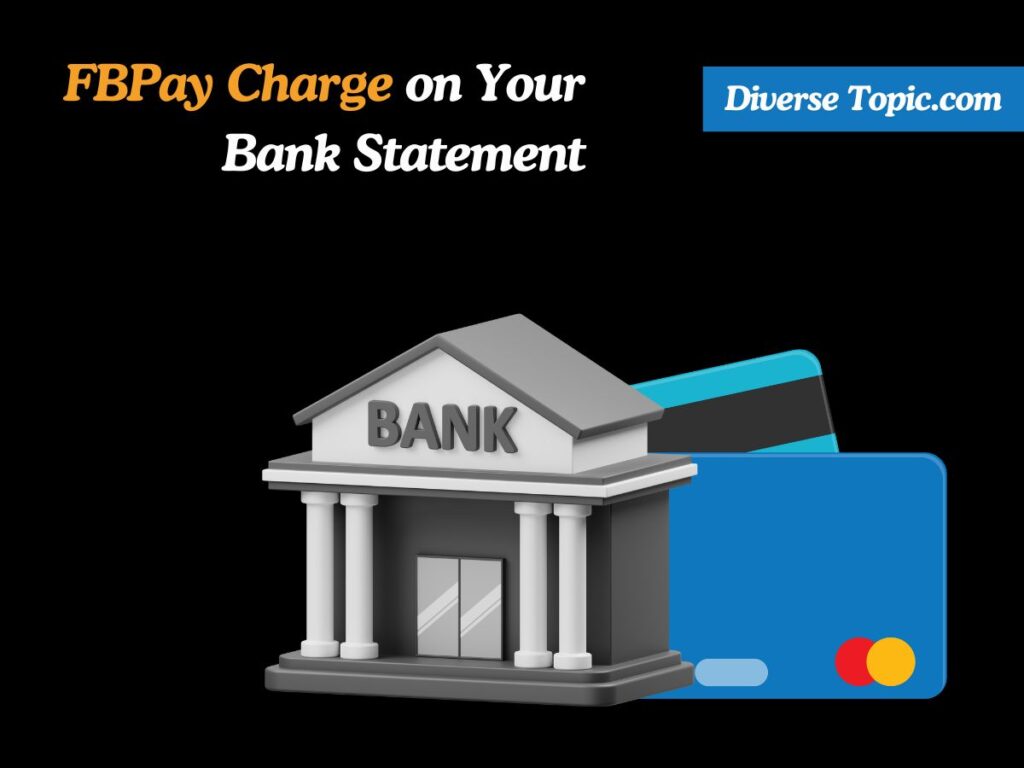
Common Situations Where You’ll See FBPay Charges:
- Facebook Marketplace Purchases: When you buy products from sellers on Facebook Marketplace or Instagram Shops.
- Peer-to-Peer Payments: If you send money to friends or family through Messenger.
- Subscriptions: For instance, if you subscribe to a service or digital content within Facebook’s platform.
- Event Ticket Purchases: When you buy tickets for events hosted through Facebook.
How Does Facebook Pay Show on a Bank Statement?
When you make or receive payments through Facebook Pay (FBPay), it reflects on your bank statement like any other financial transaction. However, the way FBPay appears is distinct and easy to identify.
FBPay Transaction Label:
Instead of generic labels like “Debit Card Purchase” or “Transfer,” Facebook Pay transactions are usually labeled as “FBPAY” or “Facebook Pay” on your bank statement. This makes it easy to spot that the transaction was processed through Facebook’s payment system.
Easily Recognizable Transactions:
Whether you’re sending money to friends, buying products from businesses, or donating to causes on Facebook or Instagram, the FBPay label ensures you can quickly identify those payments when reviewing your bank statement. The unique label helps differentiate it from other types of transactions.
Convenient and Transparent:
FBPay is designed to make payments convenient and secure. The clear labeling of transactions as “FBPAY” or “Facebook Pay” enhances transparency, so you always know exactly where your money is going or coming from when you review your statement.
Also Read EBT Account Check Charge.
Why Does the FBPay Charge Appear on Your Bank Statement?
When you use Facebook’s payment system to complete a purchase, the FBPay charge shows up on your credit card or bank account statement. These exchanges could be:
- Purchasing items from a Facebook Marketplace seller or a business advertising on Facebook or Instagram.
- Sending money to someone through Messenger or another Meta platform.
- Making donations to a charity or non-profit organization.
The charge will typically appear with the description “FBPay” or something similar, depending on how your bank categorizes it.
Is the FBPay Charge Legitimate?
Most of the time, an FBPay charge is legitimate and related to a transaction you made on Facebook or Instagram. However, it’s always a good practice to verify charges to ensure they correspond to your own activity.
Steps to Verify an FBPay Charge:
Check Your Facebook Activity: Examine your payment history by going to your Facebook account, selecting “Settings,” then “Payments.” All of your most recent transactions—including purchases, contributions, and money transfers—are displayed here.
Review Your Emails: Every transaction normally results in an email confirmation from FBPay. Check your email for confirmations of transactions or receipts.
Look for Past Facebook Activity: Consider whether you recently made a purchase, donated, or sent money through Facebook or Instagram.
Also Know MCW Charge on a Bank Statement.
What to Do If You Don’t Recognize the FBPay Charge?
If you come across an FBPay charge that you don’t recognize, there are several steps you can take to resolve the issue:
Check Your Facebook Account Activity
To find out if the charge corresponds with any of your recent activities, go into your Facebook account and review your payment history. Even modest activities (like donations or modest Marketplace purchases) might occasionally be simple to forget.
Contact Facebook Support
If you’re still unsure, you can reach out to Facebook’s support team to inquire about the charge. They can provide more information about the specific transaction.
Contact Your Bank or Credit Card Provider
Inform your bank or credit card company of the transaction if you have verified that it is not permitted. While they look into the transaction, they can assist you in disputing the charge and possibly even provide a refund.
Change Your Facebook Account Password
It’s a good idea to change your password right away and setup two-factor authentication if you think your account has been compromised.
How to Prevent Unrecognized FBPay Charges in the Future?
To avoid unrecognized charges from FBPay, consider taking the following precautions:
Set Up Purchase Alerts: For each transaction you make with your card, the majority of banks provide SMS or email notifications. You’ll be able to monitor each and every FBPay transaction in real time using this.
Monitor Your Facebook Payment Settings: Check your Facebook account’s stored payment methods frequently to be sure no fraudulent cards or bank accounts are associated with them.
Enable Two-Factor Authentication: Turn on two-factor authentication to further secure your Instagram and Facebook accounts. This will increase the difficulty of fraudulent individuals utilizing your FBPay account to conduct transactions.
Conclusion:
Facebook provides a simple and safe way for users to make payments within its platforms called FBPay. Generally, the FBPay charge on your bank account signifies that you used Facebook’s payment system to make a purchase, send money, or make a donation to a non-profit.
If you come across an FBPay charge that you do not recognize, it’s important to check your transaction history on Facebook and verify the activity. If the charge is unauthorized, contact Facebook or your financial institution to resolve the issue.
You may take use of the ease of FBPay without having to worry about any surprises on your bank account by being attentive and keeping an eye on your payment activity.
